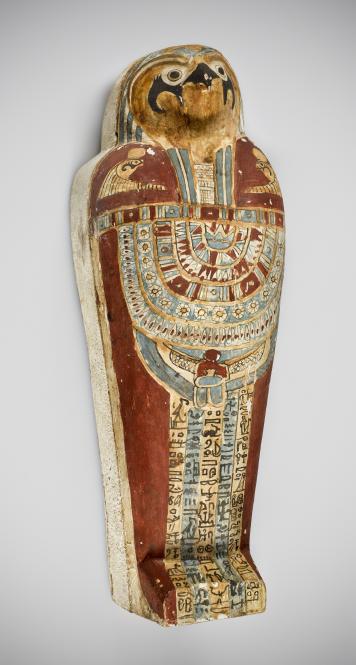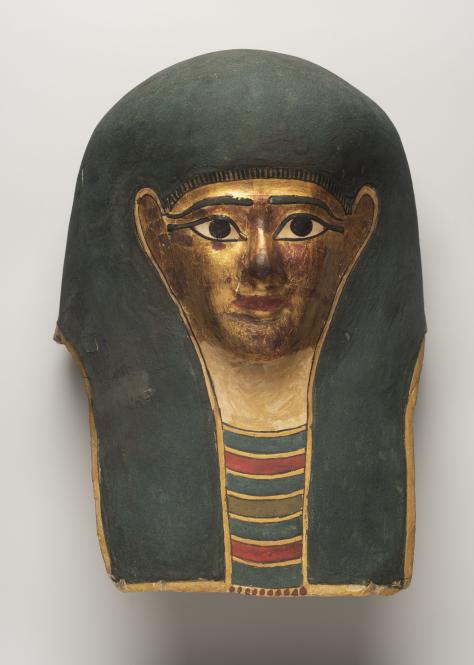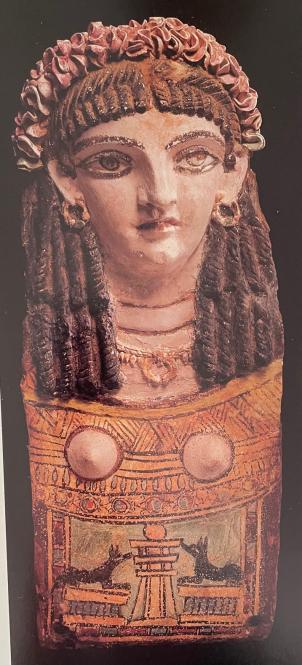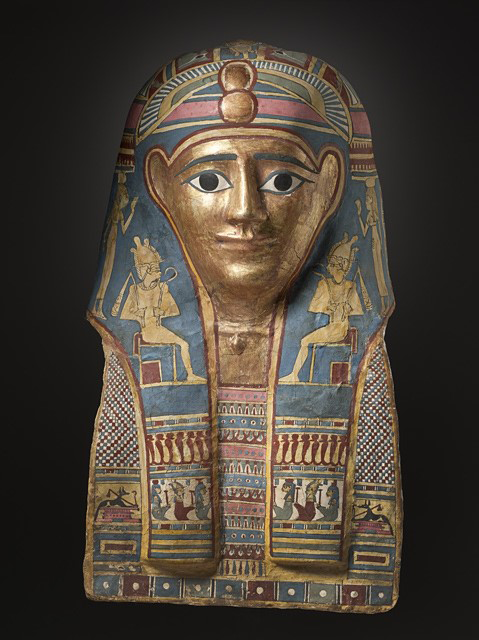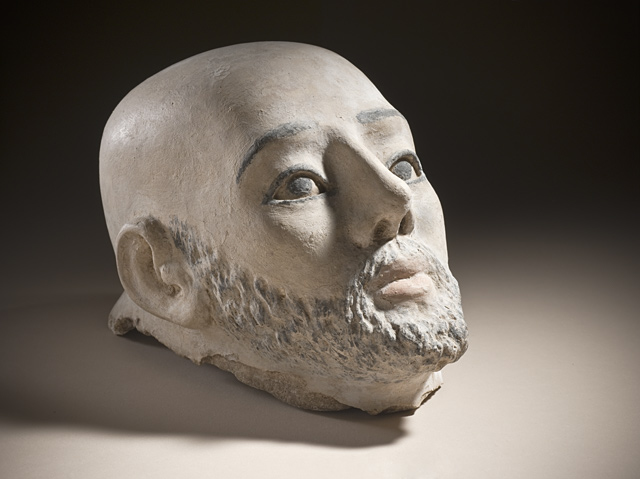2022.79
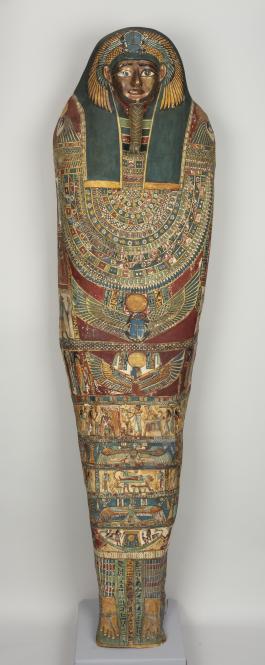
Object Title
Coffin Lid of Hapiman
Measurements
184.2 cm long
Creation Date
Dynasty 30 to early Ptolemaic Period, ca. 380-200 BCE
Credit Line
Gift of Lewis and Elaine Dubroff
Museum Name
Museum Contact
provenance@worcesterart.org
Culture
Country of Origin
Object Type
Materials / Techniques
Object URL
https://worcester.emuseum.com/objects/58345/coffin-lid-of-hapimen?ctx=89d899facf6f5f0e5882138408301ff8ce392152&idx=0
Museum's Definition of Antiquity
pre 641 CE
Provenance Information
Archaeological findspot unknown. By 1988, said to have been with Jean-Loup Despras (d. 2001), Galerie Orient-Occident, Paris. 1988-1989, Mark Bronson (Bronson Fine Art), Santa Monica, CA. 1989-2022, Dubroff Collection, acquired from Sotheby’s, New York, (“Antiquities and Islamic Art,” November 29, 1989, Lot 163). 2022, Worcester Art Museum, gift of Lewis and Elaine Dubroff.
Exhibition Information
Exhibited at the Museum of Fine Arts, Boston from 1989 to 2022.
Publication Information
Sotheby’s, New York, "Antiquities and Islamic Art," November 29, 1989, Lot 163.
Section of the AAMD Guidelines relied upon for the exception to 1970
Cumulative facts and circumstances
Explain why the object fits the exception set forth above
This object has a known provenance dating to 1989, when it was sold at public auction in New York. It has a credible reported provenance dating back to 1988, for which written documentation has not yet been found. Provenance research is ongoing. Prior to its acquisition by the Worcester Art Museum, it was on public display from 1989 to 2022 at the Museum of Fine Arts, Boston.
This object adds significantly to the Worcester Art Museum’s collection of Egyptian antiquities. As a late Ptolemaic example, it bridges the temporal gulf between the Museum's other two Egyptian sarcophagi, one dated to the New Kingdom, the other to the Roman period. Its richly painted surface, which includes scenes of mummification and the deceased's voyage through the afterlife, adds considerably to the Museum’s presentation of ancient Egyptian beliefs and funerary practices.
This object adds significantly to the Worcester Art Museum’s collection of Egyptian antiquities. As a late Ptolemaic example, it bridges the temporal gulf between the Museum's other two Egyptian sarcophagi, one dated to the New Kingdom, the other to the Roman period. Its richly painted surface, which includes scenes of mummification and the deceased's voyage through the afterlife, adds considerably to the Museum’s presentation of ancient Egyptian beliefs and funerary practices.
